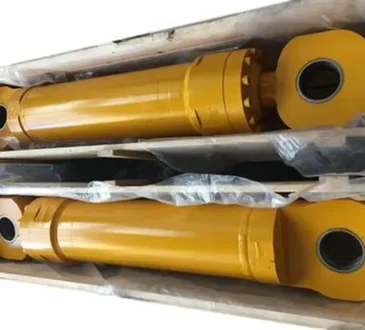
In the home services world, generating leads can be expensive and time-consuming. Whether those leads come from SEO, paid ads, referrals, or social media, they represent real opportunities, and far too often, they’re wasted. For plumbers, restoration companies, waterproofing specialists, and other contractors, the difference between a booming schedule and an empty calendar often comes down to one thing: follow-up.
Why Most Leads Never Turn Into Jobs
The average home service business loses a staggering percentage of leads simply because they don’t follow up, or don’t follow up fast enough. A homeowner might fill out a contact form on your site, request an estimate through your Google Business Profile, or call after hours and leave a voicemail. If your team doesn’t respond quickly, or at all, they’ll move on to the next provider in their search results.
Research shows that responding to a lead within five minutes increases your chance of conversion by up to 400%. Yet most home service companies wait hours, even days, to return calls or reply to inquiries. That’s not just a delay, it’s a deal-breaker.
The Power of Prompt Response
Let’s say a homeowner just discovered a burst pipe. They Google “emergency plumber near me,” find your company, and send a request for service through your website. But if they don’t hear back within ten minutes, they’re probably already calling someone else.
This doesn’t mean you have to answer every call in real time. It means you need systems in place that make your follow-up feel immediate, even if it’s automated.
Use Technology to Nurture Leads
This is where marketing automation and Customer Relationship Management (CRM) tools become invaluable. Platforms like Jobber, ServiceTitan, Housecall Pro, or GoHighLevel allow you to set up workflows that automatically follow up via text, email, or even voicemail drops as soon as a lead comes in.
Automating the Drip
A basic lead nurture sequence might look like this:
- Day 0 (Immediate): Auto-text or email confirming their request and offering next steps.
- Day 1: Share a blog or video related to their issue (e.g., “What to do after a flood” or “Signs your water heater needs replacing”).
- Day 3: Offer to schedule a quote or check availability.
- Day 7: Add urgency, “Our schedule is filling fast this week. Want to grab a slot?”
You can even retarget cold leads weeks later with reminders, promotions, or seasonal service updates.
Track and Improve with Call Analytics
Tracking where leads come from is just as important as following up. Call tracking systems show which ads, search terms, or web pages are generating phone calls, so you can double down on what’s working and stop wasting money on what’s not.
For example, if you’re running Facebook ads for sump pump installations, you’ll want to know how many of those calls turned into actual jobs. With the right tools, you’ll see the full path from click to call to conversion.
The Importance of Consistency
Consistent follow-up doesn’t just increase your close rate, it also enhances your brand’s reputation. Homeowners talk. If someone requests a quote and gets no reply, they might leave a negative review or tell others not to bother. But a fast, helpful, professional response, even if they don’t book immediately, leaves a lasting impression.
What This Means for Your Business
You spend good money and effort to generate leads. Don’t lose them at the finish line. A strong follow-up process, powered by automation and supported by your team, can double your conversions, boost your schedule, and build lasting trust with homeowners.
Whether you’re replacing windows, stopping leaks, restoring water damage, or unclogging drains, every inquiry you receive has value. The businesses that grow aren’t always the ones with the most leads, but they’re almost always the ones that follow up the best.
Because in today’s market, if you don’t follow up fast, someone else will.




